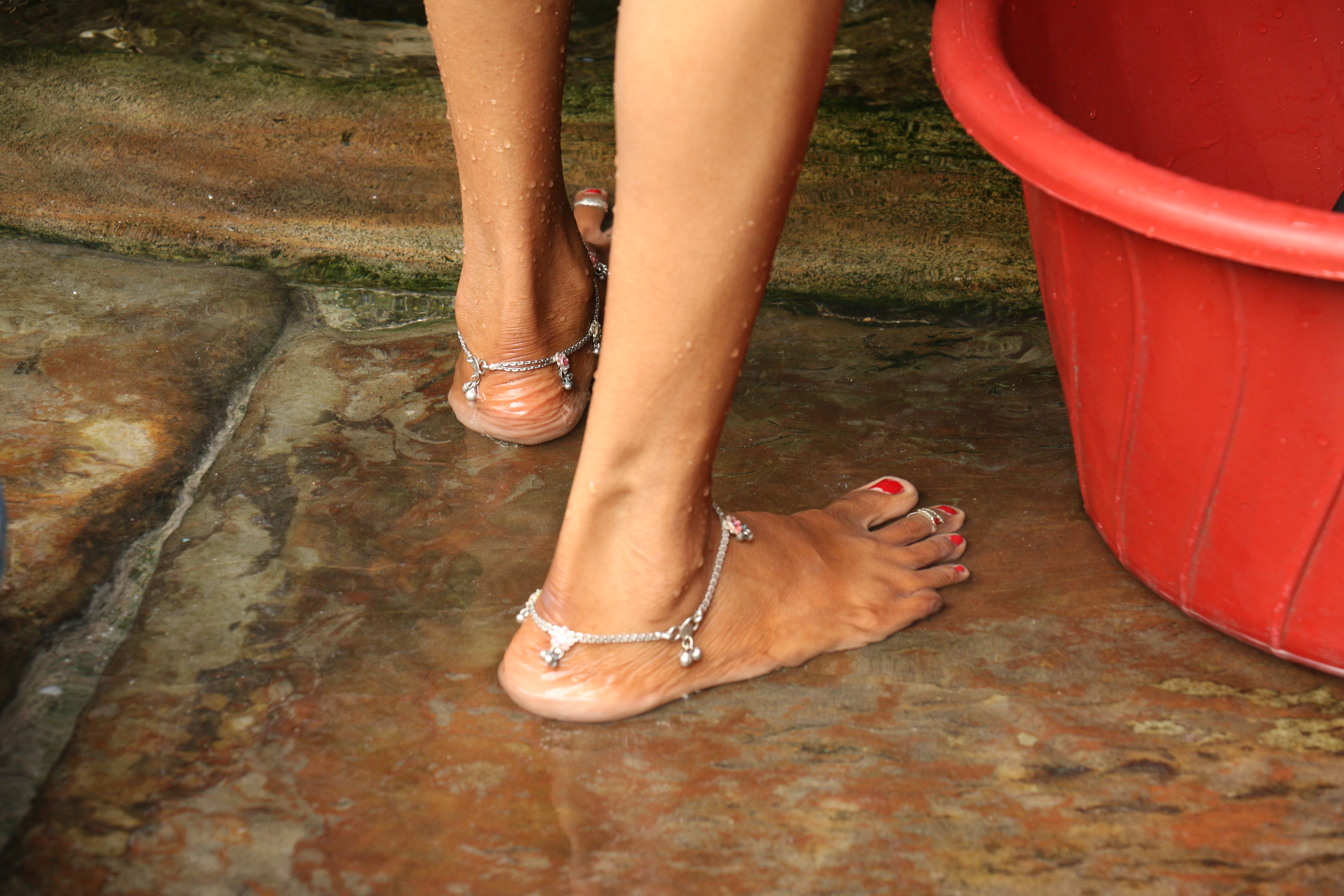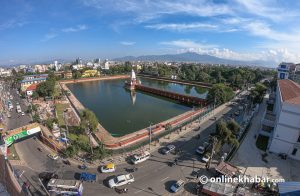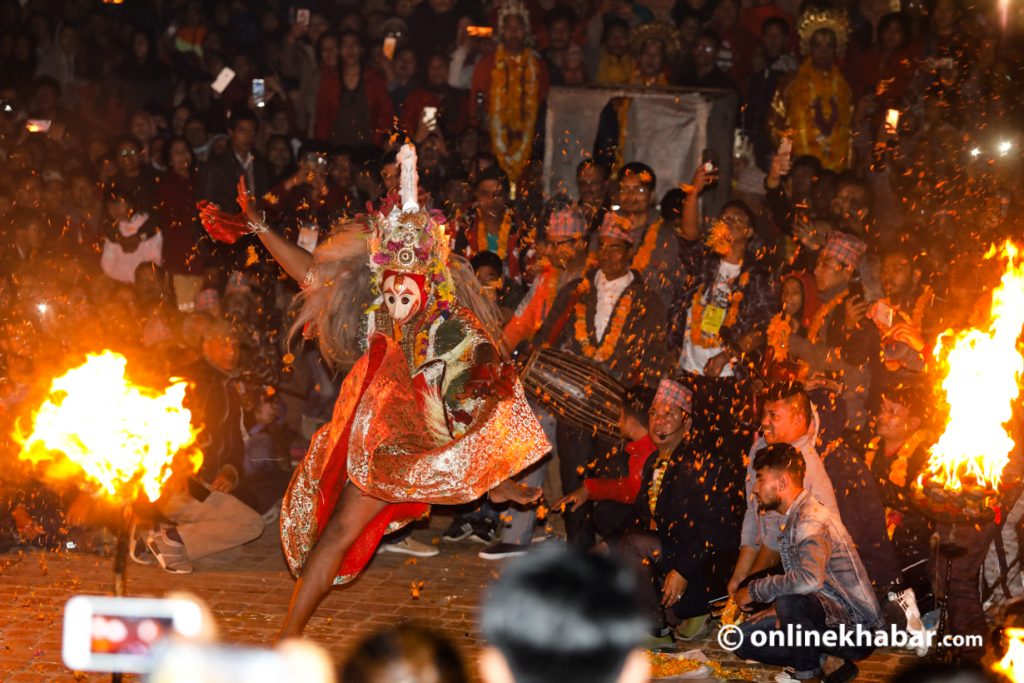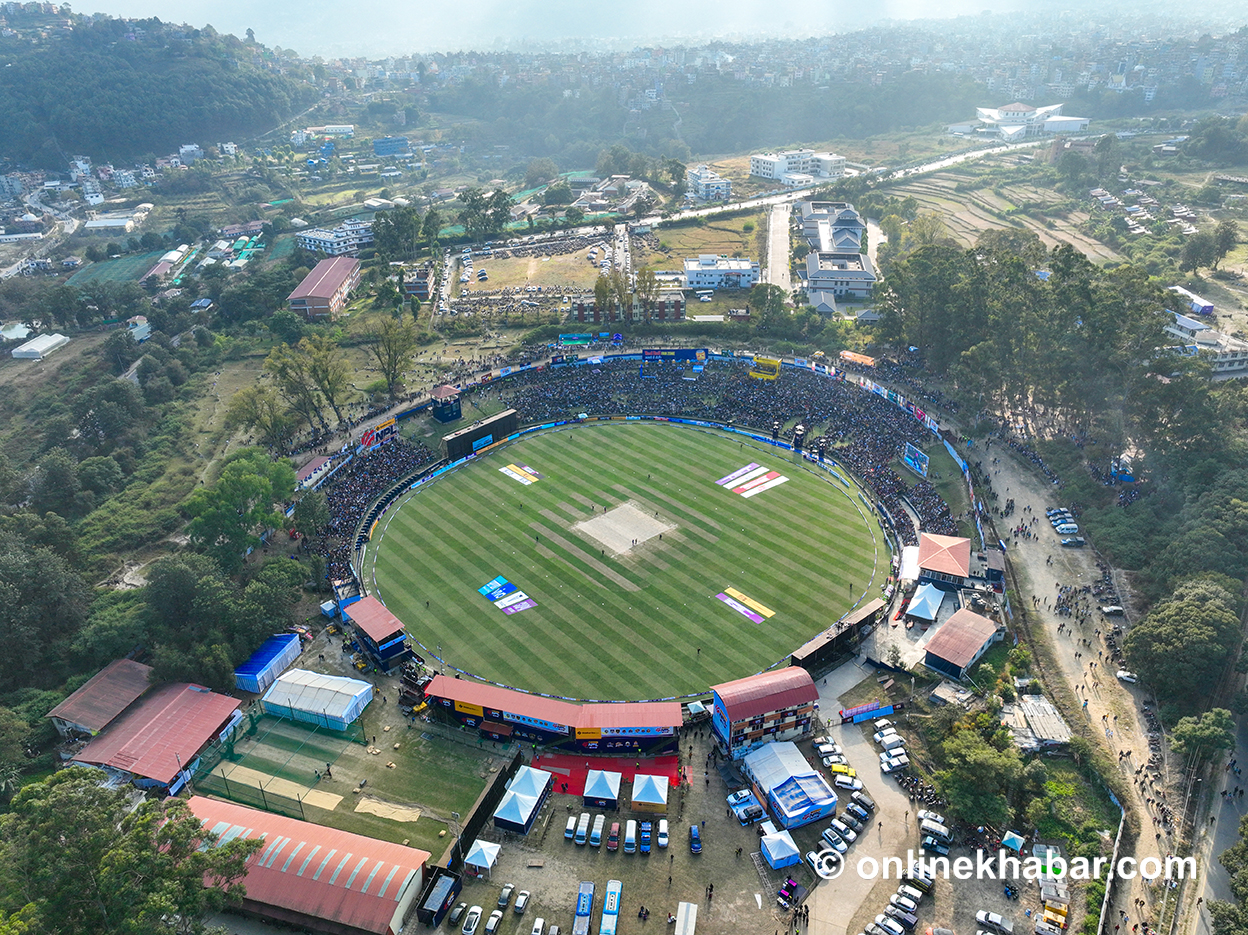
Hitis are stone-tap water supply systems believed to have been built more than 1,500 years ago by the Lichchhavi rulers in Nepal.
For generations, these sources have not only been a means for survival but a way of living, celebrating, and preserving culture. For the locals, especially the Newas, the hiti system has always been a sacred affair as their daily routine begins worshipping these sources.

Sushil Shrestha, who is currently studying the hiti system views it as one of the innovative engineering systems handed by the ancient generation.

As the rain-fed water seeps into the ground replenishing underground aquifers, the water sources are channelled through wells and hitis located across these ancient cities. But to this day, more than 50 per cent of them have dried out with diminishing hopes to be ever revived.

Urbanisation and concretisation have overwhelmed green spaces that fed the aquifer, eventually recharging fresh water flowing through the hitis. Without water in the spouts, some hitis that once were a means of interaction have been a centre of social isolation. And the drying up of these sources means their ancient culture is on the verge of dying.

“Hitis are sacred spaces for us which have strengthened our belief system through generations. On festivals like Sithi Nakha, we gather and clean hitis because they are our heritage,” says Nani Maiya Shrestha, a local of Bhaktapur.

Water crises in many areas of Nepal have been a common phenomenon and the locals of Patan fear to live this reality.
Since the hiti system today runs water only during the monsoon, they have grim hopes to rely on these spouts. Most of them now depend on wells for drinking water.

“These ancient spouts that quenched our thirst are left parched and thirsty,” says conservationist Alok Siddhi Tuladhar. “To save these monuments, civil and government intervention is necessary.”

A 2019 survey found almost a sixth of the 573 hitis believed to exist in the Kathmandu valley has disappeared or dried up completely. Since many hitis run water only in monsoon, there are grim hopes to rely on these spouts. Most of them now depend on wells for drinking water.

Bijaya Bhujel, a local of Patan, feels elated seeing water gushing out of the tap as he tosses his head out of the window. The tap connected to a water tank is fed by a well – believed to have existed way before his great-grandfather’s time. The water collected in about a dozen of water wells reaches out to all the community homes in Patan.

Although this looks like a common trend and solution for now, people are in awe of these hitis and the entire hiti system and are fascinated by the artefacts.
The scorching summer still makes locals especially women and children visit them. They worship, play, take baths in the open and relive their memories.












All photos: Sonam Lama

























